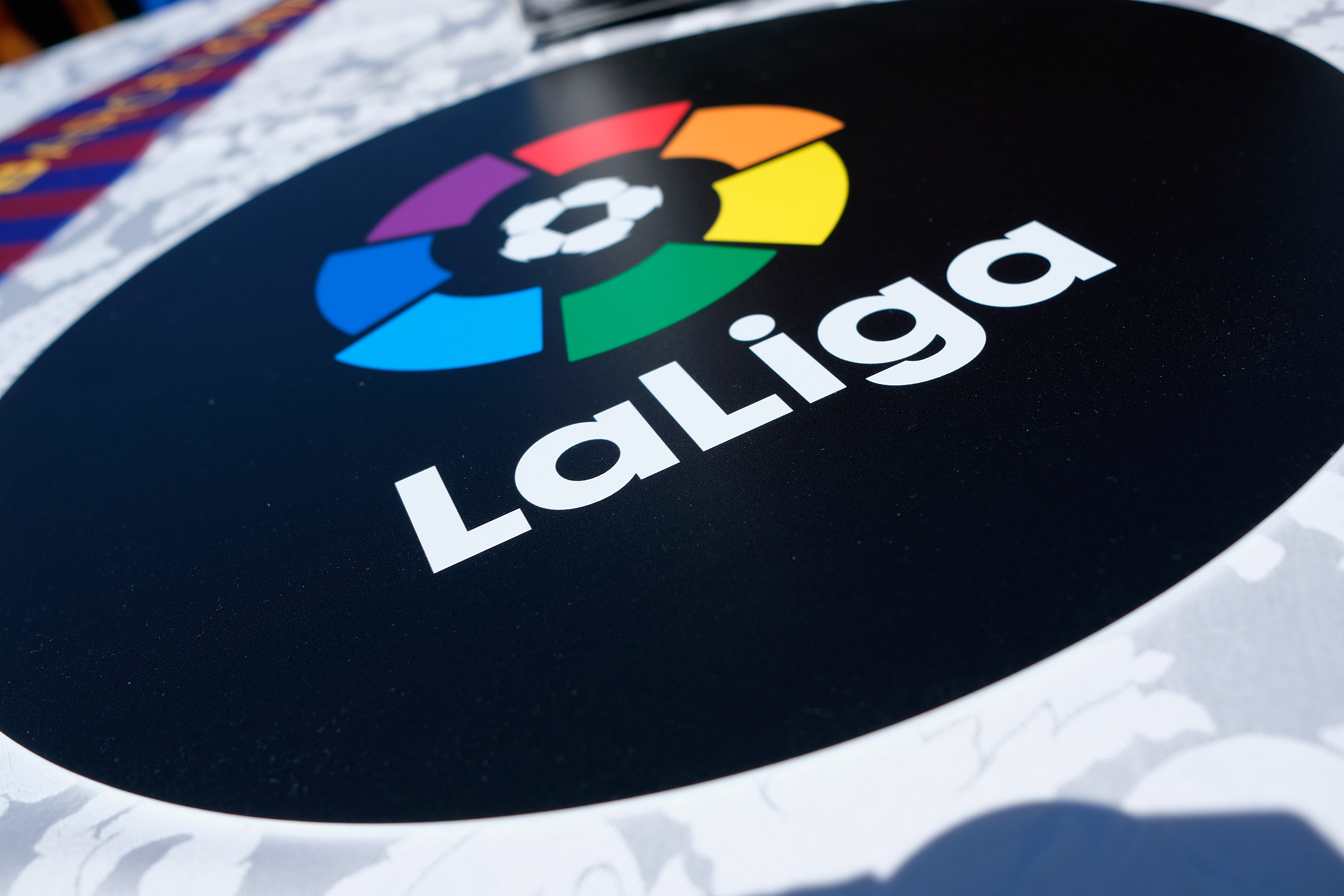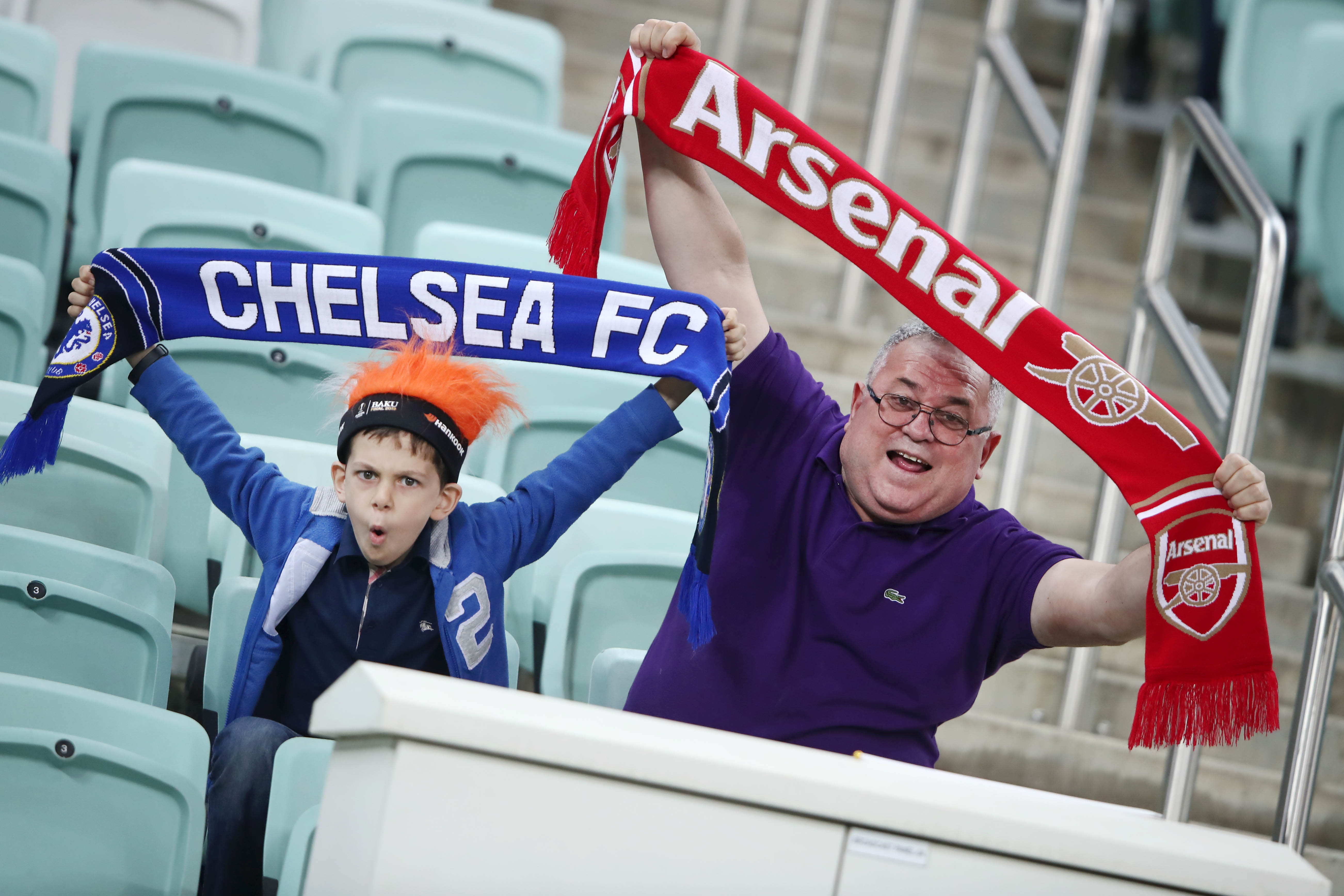On the 10th of Mar 2010, when a silky strike from Miralem Pjanic found the top of Iker Casillas’ net, the silence in Estadio Bernabeu was deafening. At the final whistle, when that silence turned to profound whistles and jeers by Madridistas, it was only axiomatic that Los-Merengues had not made it to the quarter finals of the UEFA Champions League, for an unthinkable sixth year in a row, even with the neo-Galacticos.
The noise from the media houses that followed was equally deafening. Everyone took a swipe at the club with statements like “There are some things money can’t buy” and for those Neo-Galacticos who were already a failure, “as their predecessors always were!”. This begs the question – have the Galacticos always been failures and do they deserve such negative opinions?
Zidane to Kaka – Following in the footsteps
Real Madrid and the term ‘Galacticos’ go hand in hand, as much as the name of Florentino Perez goes with them. Most people of this generation would only remember Galactico version 1.0, which symbolised the high profile purchases of players like Luis Figo, Zinedine Zidane, Ronaldo, David Beckham et al joining the likes of Raul, Iker Casillas, Roberto Carlos et al at El Madrid. History tells a different story though.
Back in the 1950s, it was Santiago Bernabeu who first adopted the concept of bringing in overseas players to complement their Spanish counterparts. He instigated the “Galactico” policy and brought in players like Alfredo Di Stefano, Ferenc Puskas, Kopa, Santiliana and many more to the club. Di Stefano or ‘The Golden Arrow’ as they used to call him, went on to become a club legend – one of the most potent goal scorers club football will ever see. In the process, he would go on to win 8 Spanish league titles, 1 Copa Del Rey, 5 European cups and 1 Intercontinental title for the club and would thus rule over European football.
When Perez arrived at the Club in 2000, the club was a £110m in debt. The debt had only grown bigger in the 90s. Florentino Perez was no stranger to the financial situation at Real Madrid and neither was he new to the presidency elections at Real. In 1994, Mendoza had defeated him hands down and the current president, Lorenzo Sanz, had been so successful that Perez had to promise something really big to win the elections in 2000.
What bigger promise than to sign the star of Euro 2000 – that too from the jaws of their arch rivals? So there it was. Perez was overwhelmingly elected on 16th July 2000 and Luis Figo signed for Real Madrid soon after. Josep Guardiola, the then captain and Joan Gaspart, the then president of Barcelona were left stunned with the news and Perez presented Figo to the Madridismos and said, “He is, in my opinion, the best player in the world. As Real are the best club in the world, it’s normal for the best player in the world to play for the best club in the world.” – and rightly so. Towards the turn of 21st Century, Real was the best football team on the planet.
Zinedine Zidane followed shortly and joined Real Madrid in 2001 and Ronaldo the year after. Real not only played mesmerising football on the pitch but translated the results to two league titles (2001/2003), 1 Champions League (2002), 1 Intercontinental cup, 2 Spanish cups and 1 European Super Cup within those three years.
Off-the-field strategies were also engineered in the most astute fashion to strengthen the club’s finances. The training ground was sold to the local council and the old Real Madrid City got ten times bigger at Valdebebas which is, at present, the best state-of-art sports facility in the world. In fact, Real Madrid underwent a profound transformation in all aspects of football, on and off the field, during Perez’s initial days and went on to replace Manchester United as the wealthiest football club in the world. That was galactic success which Madridistas will always be proud of.
But like every success story has a down side, this one was no different. Failure did follow the glaring success of the royals. Perez’s interference in day-to-day football soon became intoxicating to the manager.
Makelele, who was the engine of the Galactic Rolls Royce, was not offered an improved contract. Del Bosque was politically sacked because he, along with few key players like Morientes and Hierro, fought for Maka’s cause. These two departures led to the eventual downfall of Los-Merengues.
Carlos Queiroz took over from Del Bosque. On the football pitch, he was a master tactician but he lacked the personality of Del Bosque and was unable to handle the big name Galacticos. Transfer decisions were driven by the marketing capability of the players rather than their skills on the football pitch. David Beckham was signed for a huge sum knowing very well that he was a right winger and that Real Madrid already had arguably the best right winger in the world at their disposal.
Carlos Queiroz – Too small a name for the Galacticos?
Queiroz was forced to pick big name players week after week, irrespective of where they played on the pitch and how they performed. The 2003-2004 season was an unsuccessful one. Managers came and went but Perez’s crazy Galactic policies continued to prevail at Real Madrid.
In 2004, Eto’o’s rights were sold to Mallorca – a decision which would go on to heavily damage Real Madrid. Eto’o kept on scoring important goals against Madrid and, along with Ronaldinho, went on to win 2 Liga titles and 2 Champions League titles for arch rivals Barcelona. Some people still claim that Perez rejected Ronaldinho and chose Beckham as the former had poor looks.
When Eto’o’s release was questioned, Perez argued that Real had better forwards in Ronaldo and Raul but then immediately after this excuse, went to Liverpool and bought Michael Owen, only to favour Raul over Owen in-spite of the latter having a better goal to minutes ratio. The Vieira deal, on the other hand, broke down due to Perez’s reluctance to splash that extra bit of cash for a ‘defensive’ player. The lack of investment in a world class defender or a defensive midfielder made Real Madrid lose important duels on the pitch.
Signs were eminent that the big ship was sinking and when ships like Titanic sink, people immediately stop assembling another of the same kind. Well, that’s where the Madridismos are at the moment. Six years has been a long time but the wait is finally over and now a big ship has been assembled yet again.
With the likes of Cristiano Ronaldo, Kaka, Xabi Alonso and Higuain on board, the ship is ready to set sail once again. Manuel Pellegrini has already set the course and the Madridistas hope that Jose Mourinho, the Real captain, will take over at the helm soon…






